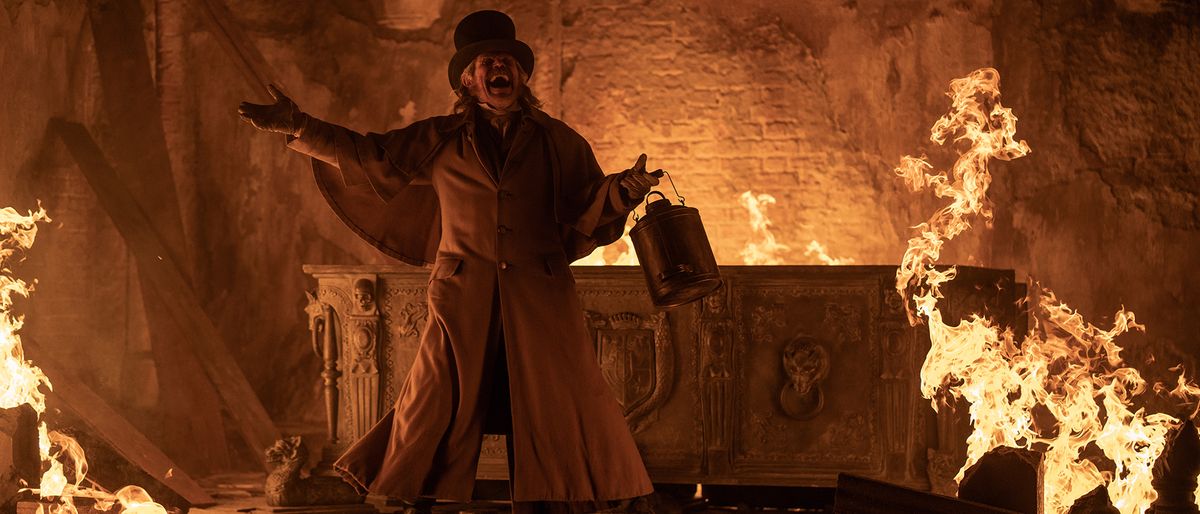
Pixar Animation’s Coco is a visually vibrant journey concerning the significance of household, heritage, and tradition, set in opposition to the backdrop of Mexico’s annual Day of the Dead, a vacation through which household and associates collect to recollect, have fun, and pray for departed family members. The movie is a bountiful feast for the eyes, particularly when the story crosses over into the kaleidoscopic Land of the Dead, a blinding megacity populated by spirited—moderately than scary—skeletons. But Coco can also be about seizing the second and profiting from the alternatives that life brings, whatever the penalties.
Coco facilities on Miguel (voiced by Anthony Gonzalez), a 12-year-old boy residing in Mexico who goals of changing into an completed musician like his idol, the late Ernesto de la Cruz (Benjamin Bratt), a preferred film star who sang and strummed his method by numerous romantic movie adventures. Unfortunately, Miguel’s household hate music a lot that they forbid it being performed of their dwelling; in keeping with household lore, his great-great grandfather was a troubadour who deserted his spouse and daughter to pursue a profession as a performer. When Miguel is caught taking part in a guitar, his grandmother smashes it and forbids him from coming into a expertise contest that coincides with the Day of the Dead celebration. But Miguel is decided, so he breaks into the mausoleum the place de la Cruz is buried and steals the legend’s prized guitar. When he strums it, he’s magically transported to the realm of the lifeless to fulfill his departed ancestors, together with his great-great grandmother Mama Imelda (Alanna Ubach), in addition to a scraggly skeleton named Hector (Gael Garcia Bernal) who says he is aware of de la Cruz and may introduce him to the singer. There’s only one downside: If Miguel doesn’t safe a blessing from Mama Imelda earlier than dawn, he can be caught within the Land of the Dead eternally. She’s prepared to conform, however her blessing comes with the situation that Miguel search forgiveness by giving up his musical ambitions. Of course, Miguel refuses and units off to fulfill de la Cruz, with whom he feels an in depth kinship, within the hope of wrangling a blessing from him as a substitute.
Coco is arguably Pixar’s most visually hanging film; it’s a wealthy tapestry of eye-popping delights, and throughout the movie’s first half the sheer energy of its onscreen inventiveness is sufficient to interact us and distract from its moderately routine story. The skeletons, the film’s cleverest creations, are genuinely interesting. Although they’re all bones, they nonetheless have distinct faces with expressive eyes, they usually put on colourful, character-defining garments. There are loads of imaginative sight gags involving them—probably the most humorous one entails an embarrassed Miguel strolling in on an artist portray a “nude” mannequin—however the novelty wears off after some time, and we’re left with a skeletal story that struggles to maintain us captivated. A few well-timed twists assist, together with a homicide, however the flabby midsection lacks vitality.
Thankfully, a rousing, heart-tugging conclusion places the story again on monitor and can go away audiences principally glad. The voice solid are uniformly positive, with Bratt a standout because the pompous performer and Bernal offering the true coronary heart and soul of the film because the lovable loser Hector. Coco works finest when it focuses on the significance of household, much less so when it zeros in on Miguel’s musical aspirations. Coco isn’t fairly top-shelf Pixar (not like director Lee Unkrich’s earlier function, Toy Story three), however it has coronary heart to spare, which greater than makes up for its considerably shaky bone construction.
Source


